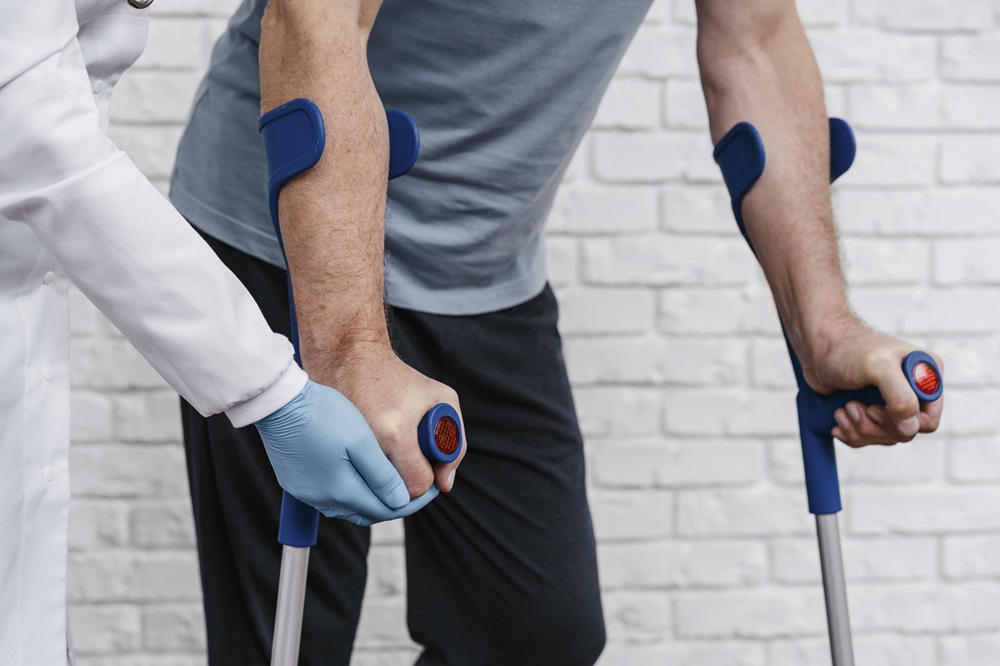
The field of musculoskeletal repair is undergoing a revolutionary transformation thanks to cutting-edge technologies and innovative treatments. As patients demand faster, more effective recovery solutions, the medical industry responds with groundbreaking advancements in regenerative medicine, biomechanics, and surgical techniques. From stem cell therapies to robotic-assisted surgeries, the future of musculoskeletal repair promises to heal injuries. It restores strength and mobility, often strengthening bones, tendons, and joints.
Regenerative Medicine: Healing at the Cellular Level
One of the most promising areas of innovation in musculoskeletal repair is regenerative medicine. This field focuses on harnessing the body’s natural healing abilities, often using stem cells, platelet-rich plasma (PRP), and growth factors to regenerate damaged tissues. Stem cell therapy, for example, involves using stem cells that can differentiate into various types of cells, including cartilage and bone, to heal injuries. This revolutionary approach shows immense potential in treating conditions like osteoarthritis, tendonitis, and muscle tears. It helps patients recover quickly and with less pain.
The Role of Bioprinting in Musculoskeletal Repair
Bioprinting is another breakthrough that is beginning to transform musculoskeletal repair. Using 3D printing technology, researchers can now print custom-made implants, prosthetics, and even biological tissues. This technique allows for the precise creation of bone structures, which can be used to repair defects or replace damaged bones. Using a patient’s cells in the bioprinting process minimizes the risk of rejection, ensuring better integration with the body. As bioprinting technology evolves, it has the potential to replace traditional, often uncomfortable, metal implants. These biologically compatible alternatives can enhance healing and functionality.
Robotic-Assisted Surgery: Precision and Recovery
Robotic-assisted surgery is rapidly gaining popularity in musculoskeletal repair due to its ability to improve surgical precision and reduce recovery times. In traditional surgeries, there is often a risk of human error. However, robotic systems can assist surgeons with enhanced accuracy and control. For example, in knee replacement surgeries, robotic systems can help ensure that the prosthetic is placed at the exact angle and alignment needed for optimal function. This precision minimizes damage to surrounding tissues, reduces post-operative pain, and accelerates recovery. As these technologies become more widely available, they promise to redefine the future of orthopedic surgeries. They aim to make these procedures safer and more effective.
Wearable Technology: Monitoring and Enhancing Recovery
Wearable technology is becoming an invaluable tool in musculoskeletal repair, providing patients and healthcare professionals with real-time data on the healing process. Devices like smart braces, sensors, and exoskeletons monitor joint movement, muscle activity, and blood flow. They provide critical insights into the rehabilitation process. These wearables not only help track recovery progress but also assist in preventing re-injury by ensuring that patients adhere to recommended movement protocols. As technology advances, we expect even more sophisticated wearables to help manage pain and improve mobility. These devices may even accelerate the healing of musculoskeletal injuries.
The Future of Joint Implants and Prosthetics
One of the most critical areas of musculoskeletal repair is the development of joint implants and prosthetics. In the past, implants were often made from metals or plastics, which, while functional, did not mimic the natural properties of bone and cartilage. Today, however, innovative materials such as ceramics, polymers, and even biologically engineered tissues are being used in implant creation. These materials help produce more durable, flexible, and natural implants. These advanced prosthetics are designed to restore function and enhance the strength of the joints, helping patients lead more active lives post-surgery. As technology improves, the next generation of joint implants will likely offer more personalized solutions. These solutions will be tailored to an individual’s anatomy and lifestyle.
Gene Therapy: The Next Frontier in Musculoskeletal Healing
Gene therapy holds the potential to be the next frontier in musculoskeletal repair. Researchers aim to encourage the body to produce the necessary proteins for healing by directly modifying the genetic code within a patient’s cells. For instance, by introducing genes that code for growth factors, it is possible to stimulate tissue regeneration. This can promote the repair of cartilage and bone in areas previously thought to be irreparable. While gene therapy is still in its early stages, its promise for patients suffering from degenerative conditions like arthritis or traumatic injuries is immense. As technology advances, we may see treatments that heal and significantly enhance the body’s natural repair processes. These treatments could potentially make damaged joints and bones stronger than before.
The Power of Customized Treatment Plans
One of the most significant shifts in musculoskeletal care is the move toward personalized medicine. Instead of using a one-size-fits-all approach, doctors are now tailoring treatments to fit the specific needs of individual patients. This includes considering genetic factors, lifestyle, and the unique nature of the injury or condition. Personalized treatment plans may combine various techniques, including regenerative therapies, advanced implants, and robotic surgery, to provide the most effective healing solution. With data analytics, machine learning, and patient history, doctors improve recovery predictions. This accuracy helps doctors offer personalized treatment plans. Customized solutions maximize healing and strengthen patients effectively.
A Stronger, More Resilient Future
The future of musculoskeletal repair is more promising than ever before. Treatments are becoming more precise, efficient, and effective as technology advances. With innovations like regenerative medicine, robotic surgery, wearable devices, and personalized therapies, patients are no longer just healing from injuries—they are emerging stronger than before. The next decade will likely see even more breakthroughs, bringing us closer to a future where musculoskeletal repair is not just about recovery but building a more resilient and functional body. Whether through better implants, faster recovery times, or enhanced healing technologies, the future of orthopedic care is undoubtedly bright, offering new hope to millions of people worldwide.